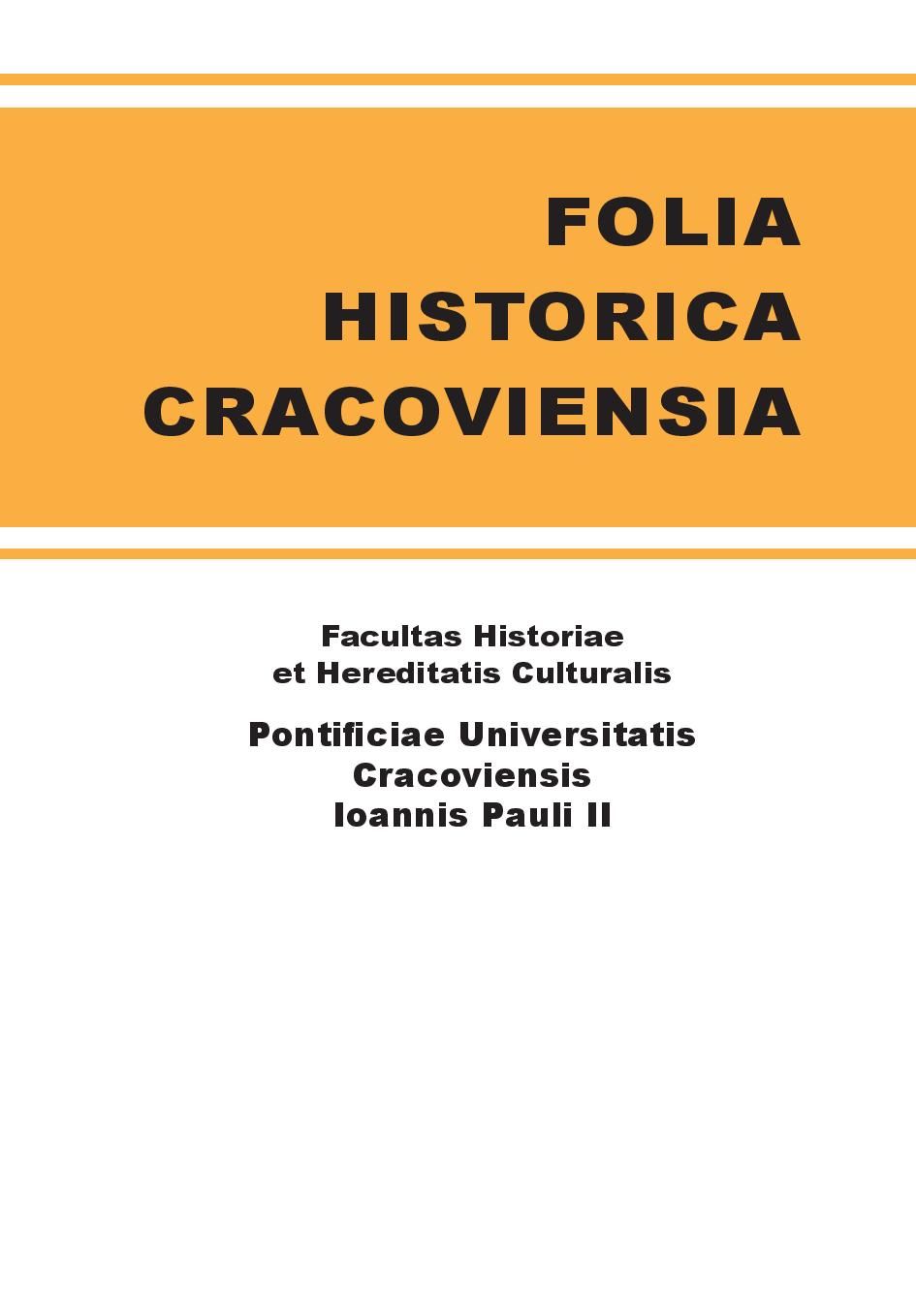Społeczny wymiar funkcjonowania krakowskiego konwentu kamedułów
The social dimension of the Krakow Camaldolese convent
Author(s): Rafał SzczurowskiSubject(s): Cultural history, History of Church(es), Local History / Microhistory, Recent History (1900 till today), 17th Century, 18th Century, 19th Century
Published by: Wydawnictwo Naukowe Uniwersytetu Papieskiego Jana Pawła II w Krakowie
Keywords: Camaldolese; monastery in Bielany; Kraków
Summary/Abstract: Urokliwe położenie, jak i okazałość klasztoru sprzyjały religijno-rekreacyjnemu natłokowi gości i w ogóle pragnieniom zobaczenia mniszej rzeczywistości, której forma była wielce misteryjna. Być może, gdyby nie decyzje fundatora eremu i kościoła na Srebrnej Górze, marszałka wielkiego koronnego Mikołaja Wolskiego, sprowadzeni przez niego w 1604 r. z Włoch kameduli mieliby pełniejszą sposobność do realizacji ideałów zakonnych. Marszałek Wolski, człowiek gruntownie wykształcony, znawca i miłośnik sztuki, sprawny dyplomata, lobbujący w kraju na rzecz Habsburgów, a zarazem zaufany Zygmunta III Wazy, uznał, łamiąc kamedulskie przepisy, iż asceza pustelników nie stała w sprzeczności z okazałością świątyni, którą im wystawił. Mnisi – pustelnicy ze Srebrnej Góry nie tylko współkształtowali (i nadal to czynią) dziedzictwo duchowe miejsca, na którym osiedli, ale także wpisali się lub byli wpisywani w jego dzieje społeczne. Dzieje eremu w podkrakowskich Bielanach potwierdzają, że jedynie umiejętne godzenie zakonnych ideałów z wymogami świata, opuszczanego dla pełniejszego zjednoczenia z Bogiem, wpływa na dobrą kondycję klasztoru.//The charming location and the magnitude of the monastery were conducive to the large number of guests, who came for religious reasons as well as for entertainment, and generally to observe the monastic life, the form of which was quite mysterious. Had it not been for the decisions of the founder of the hermitage at the Silver Mountain, Grand Crown Marshal Mikołaj Wolski, the Camaldolese he brought from Italy back in 1604 would have had greater opportunities for realizing their monastic ideals. Mikołaj Wolski, a thoroughly educated man, an art expert and enthusiast, an apt diplomat and a Polish lobbyist for the House of Habsburg, trusted by Sigismund III Vasa, came to the conclusion that the magnificence of the temple he had built did not go against the hermits' asceticism, thereby breaking the Camaldolese rules. Not only have the monks from the Silver Mountain (to this day) contributed to shaping the spiritual heritage of the place in which they settled, but also they played a part in its social history. The story of the hermitage in Bielany seconds the view that only skilful reconciliation of monastic ideals with the requirements of the world outside, abandoned to achieve a fuller unity with God, supports the good condition of the order.
Journal: Folia Historica Cracoviensia
- Issue Year: 17/2011
- Issue No: 1
- Page Range: 125-135
- Page Count: 11
- Language: English, Polish

